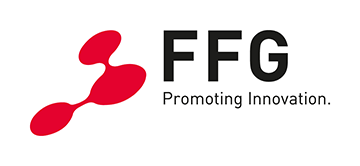Steyrergasse 30/III
8010 Graz
Austria
Tel: +43 316 873-6359
Fax: +43 316 873-6845
mayer-guerr@tugraz.at
Felix Öhlinger
Steyrergasse 30/III
8010 Graz
Austria
Tel: +43/316/873- 6333
Fax: +43/316/873-6845
felix.oehlinger@tugraz.at
Various research projects have contributed to the GRACE/GRACE-FO processing chain used to procuce solutions presented here:
-
G3P: Global Gravity-based Groundwater Product
This project has received funding from the European Union's Horizon 2020 research and innovation programme under grant agreement No 870353.
-
MAGIC
This project is funded within the Austrian Space Applications Program (ASAP) Phase XIII by the Austrian Research Promotion Agency (FFG).
-
EGSIEM: European Gravity Service for Improved Emergency Management
This project has received funding from the European Union's Horizon 2020 research and innovation programme under grant agreement No 637010.
-
GeoQ
This Project is funded by the German Research Foundation.
-
SPICE
This project is funded by the Austrian Research Promotion Agency (FFG) within the Austrian Space Applications Programme (ASAP, Phase 11).
